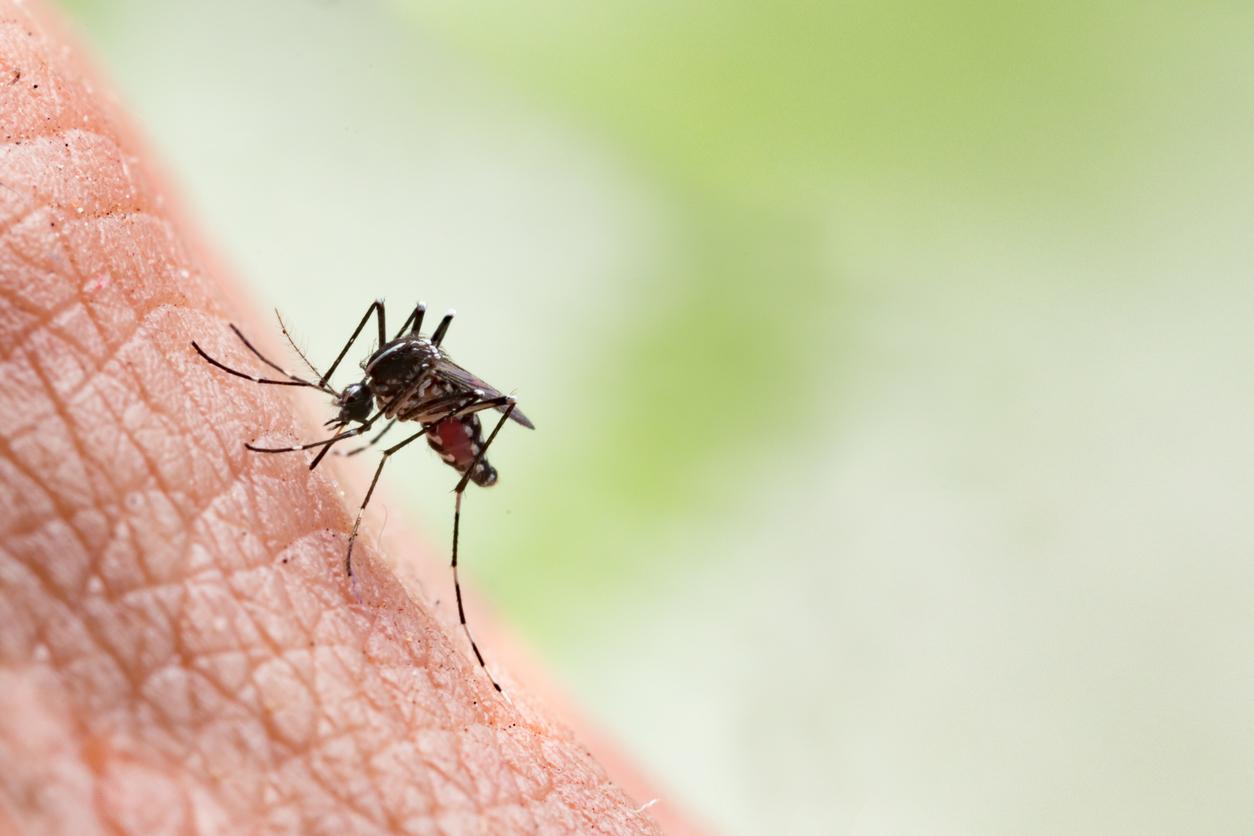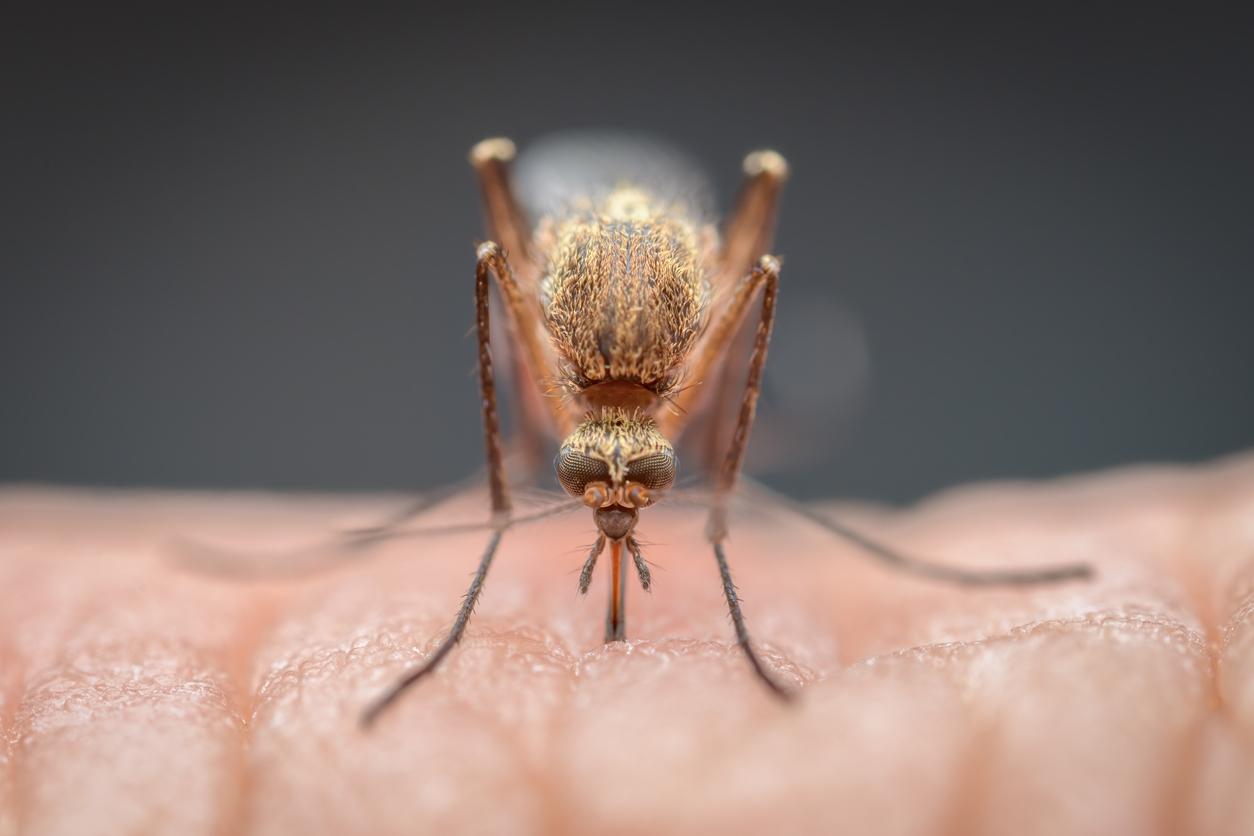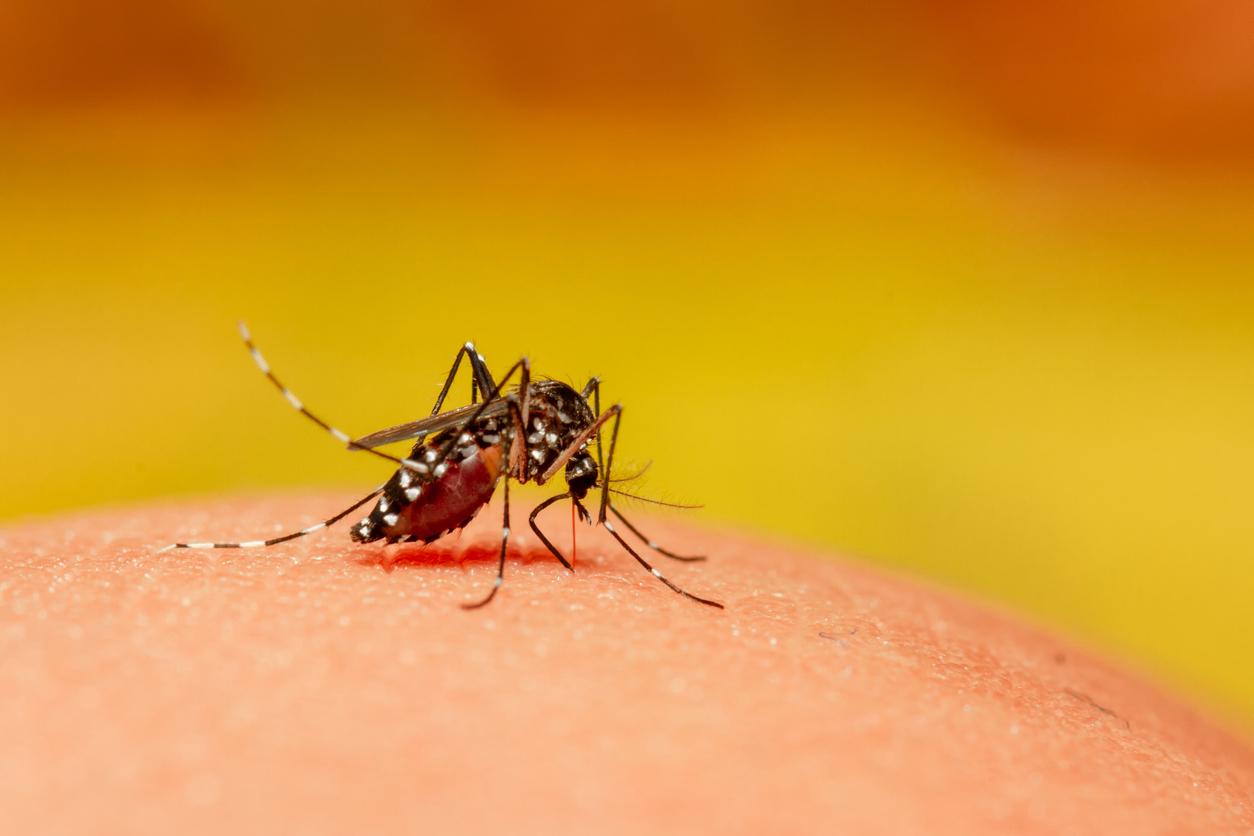
The symptoms of an insect bite
A red spot, itching or swelling: you can often recognize a bite from an insect. Yet it is not always clear which animal has caught you, while there is indeed a difference in the bites of a mosquito or gadfly. That’s how you recognize the differences.
Insects sting in self-defense or because they feed on human blood. While stinging, they introduce a poisonous substance into the skin. The sting itself can be painful, but the venom — or rather your body’s response to the venom — causes the red spots, itching, pain, or swelling.
bees
You feel the sting of a bee immediately: the prick gives a stabbing, burning pain. Immediately afterwards, irritation symptoms arise: the skin becomes thick and red. Sometimes you first see a white bump. In most people a bee sting is harmless and the symptoms disappear quickly. However, with an allergy, serious symptoms can occur and prompt action is required.
There are many bees in the Netherlands, but they only sting when they feel threatened. They don’t sting quickly, because after that they die. The sting remains in the skin, you must remove it as soon as possible because otherwise it will continue to pump poison into your skin.
Bumblebee
The chance of a bumblebee sting is very small, they also only sting when they are cornered and see no other way out. After stinging, the sting generally does not remain in the skin. There is a short pain reaction with mostly swelling and redness that can last for several hours.
ants
An ant bite is not dangerous, but it can be very annoying. At the time of the bite, you feel nothing in a normal ant. Only later do red spots appear that can be very itchy. These spots don’t hurt and don’t get bigger for most people. An allergy can – of course – cause a more extreme reaction.
This also applies to the bite of a red ant. They are a lot more aggressive and spray poison into the skin when stinging. The poison causes a stabbing or burning pain. The bitten spot usually turns red and swells. Sometimes the sting spot turns white. The red ant lives mainly in pine forests and light deciduous forests.
mosquitoes
Not all types of mosquitoes take cuttings. Only female mosquitoes give you bumps when they are fertilized. For the development of their eggs, they need nutrients that they get from our blood. With special mouthparts, mosquitoes pierce the skin through which they can suck blood.
The saliva of the mosquito prevents your blood from clotting immediately, but in response to this, histamine is released, which causes an allergic reaction that is accompanied by itching, redness and swelling. At the time of the sting itself, you often feel little.
A mosquito bite is usually harmless. More than thirty species of mosquitoes occur naturally in the Netherlands, these do not transmit diseases to humans. A number of foreign mosquito species do, for example the malaria mosquito.
gadfly
The gadfly, also called horsefly or horsefly, can bite viciously. The snout of the gadfly consists of small blades, which can even bite through thin clothing. The females settle down quickly, bite almost immediately and suck blood. They need this blood for their eggs. The saliva of the gadfly provides the reaction. Usually itching and a swollen disc on the skin develops.
In general, the swelling is small and short-lived, but some people react quite violently and may experience large swellings. Also keep a close eye on the bite. You can get a bacterial infection from a sting fly bite. So disinfect the bite well and contact your doctor as soon as an infection develops.
Gadflies are mainly found in rural areas, especially in forests, meadows and moist areas.
Sign
A tick bite is also painless and you usually don’t notice it. However, a tick usually remains on the bite site. You should then remove him as soon as possible, because he can transmit diseases. The best known is Lyme disease.
Most people have no symptoms at all after a tick bite. Even if a small red spot appears, there is no reason to panic. But if a red circle develops around the site of the bite after a tick bite or if other health problems, such as flu-like symptoms, severe pain in an arm or leg, painful, swollen joints or the tendency to faint, you should contact us immediately. with the doctor.
fleas
When a flea bites, your skin reacts to the saliva left behind by the flea. You will usually see a red, round spot with a small bump or dot in the middle. The affected skin itches, but usually does not swell. However, skin irritation in the form of bumps or spots can occur. This usually goes away on its own. You usually don’t notice anything at the time of the bite itself.
You can contract diseases through flea bites abroad. It is therefore important that a bite is not scratched open, because then an infection can develop.
wasps
Like bees, wasps sting when they feel threatened, but they sting faster than a bee. You usually immediately notice that you have been stung: it can hurt quite a bit. The phenomena are similar to a bee, but the sting of the wasp does not stay behind. Pain and itching usually subside within hours, but some people are more sensitive to a wasp sting than others.

















